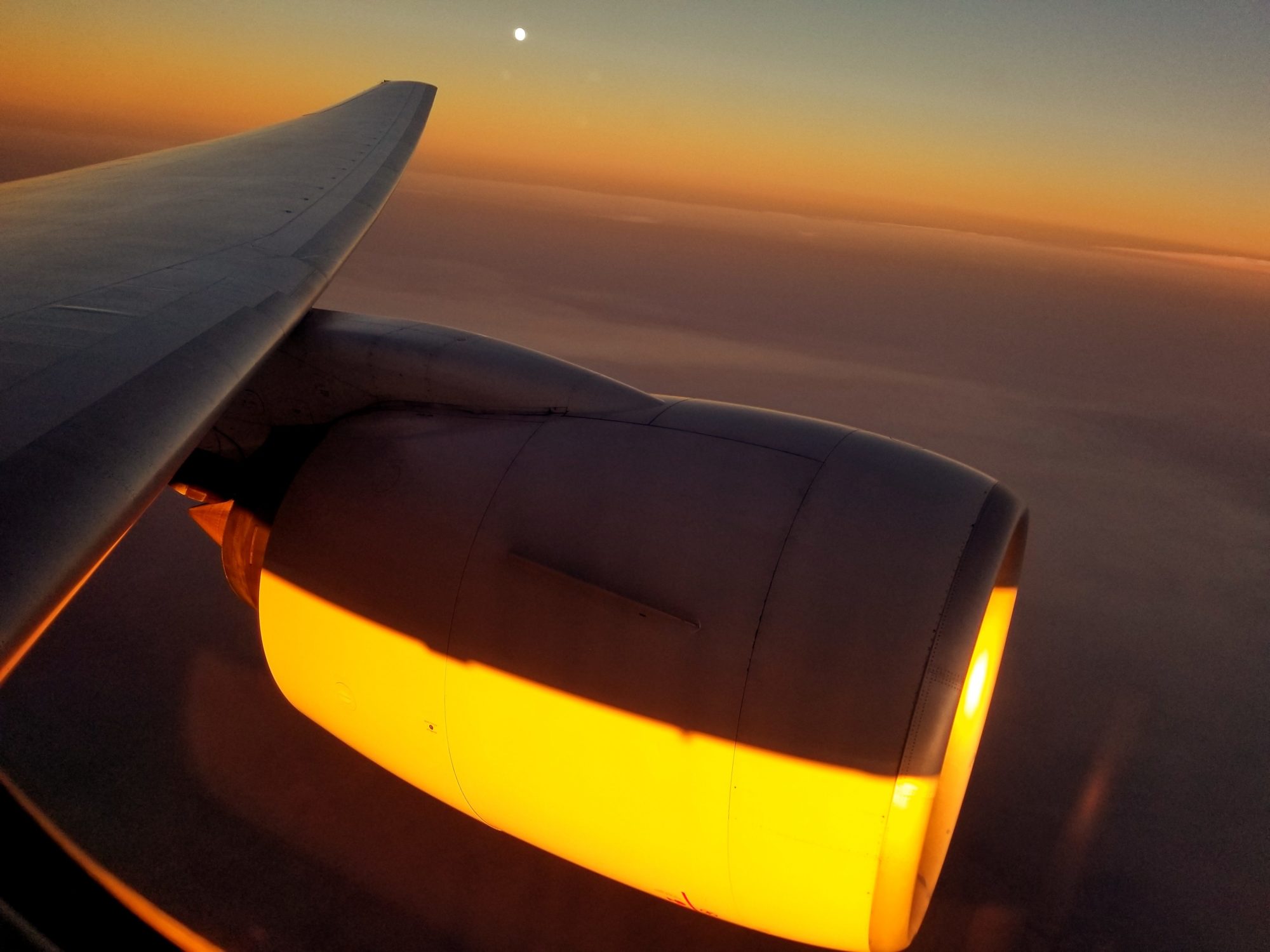President’s Corner, 1Q19, Vision for 2019 Copy
The New Year’s pundits and articles write extensively about a New Vision for 2019. I will not be so bold or profound, but rather focus on what pilots can do to help their vision for 2019 and beyond with a few simple wishes.
Vision is a most important factor in safe aviation and most other activities we enjoy. Nothing is better than seeing family members smile over the holidays and enjoying the color of lights and decorations. My wishes for pilots and their vision for 2019 include:
- Regular vision checks (in addition to what the AME does) to assess eye health. A good optometrist or ophthalmologist can evaluate the lids, cornea, lens, retina and eye pressures which are not done in FAA medical examinations.
- For people with significant nearsightedness (myopia), having a dilated eye exam will help determine if the periphery of the retina is attached to the globe of the eye. Retinal detachments from myopia or trauma can lead to permanent vision loss.
- Wearing protective eye gear when engaging in activities that may cause sharp or blunt trauma to the eye. Athletic eye protection for sports such as squash, racquetball, hockey etc. protect the eye from blunt trauma and retinal detachments. Shatterproof glasses or goggles protect against corneal scratches or penetrating injuries when using power tools, snow blowers, trimming trees and shrubs or working with toxic liquids that can cause permanent damage.
- January is National Glaucoma Month (and National Everything Else month it seems). Glaucoma silently robs a person of vision starting at the periphery and narrowing the field of vision progressively. Since it is generally not painful, one is not aware of the vision loss until it has progressed irreversibly. Having regular pressure checks of the eyes can detect those at risk for glaucoma. Pilots may be certified with various treatments for glaucoma if it has not progressed too far.
- Wearing sunglasses when doing outdoor activities can prevent corneal irritation and burns. High risk sports include skiing and being on the water/beach with sun reflecting from the surface. POLARIZED lenses work best for these activities. Sunglasses may also reduce the risk of cataracts which can disturb visual acuity and cause annoying glare, flare and halos at night, particularly when looking at bright lights.
- Sunglasses for flying should be a neutral color and NON-POLARIZED to allow good visualization of cockpit displays. The FAA has produced a Pilot Safety Brochure on “Sunglasses for Pilots: Beyond the Image”.
- If considering refractive surgery such as LASIK or PRK, do due diligence on both the surgeon and facility performing the procedure and the FAA implications of various surgical options. Contact our office and also see references on the National Eye Institute page at: https://nei.nih.gov/faqs/cornea-lasik-eye-surgery
- Talk to your eye specialist if you are having problems focusing when reading or in low light, particularly as you get older when presbyopia (stiffening of the lens) manifests. Simple over the counter glasses costing less than $10 may be adequate for those with otherwise good vision. For those needing lenses for distant vision and facing presbyopia, a bifocal or progressive lens is probably required.

Above all, protect your vision and maintain your eye health to enjoy the beautiful sights for a long time, particularly from your fantastic office chair at FL 360!
You’re Looking Good!
Quay
